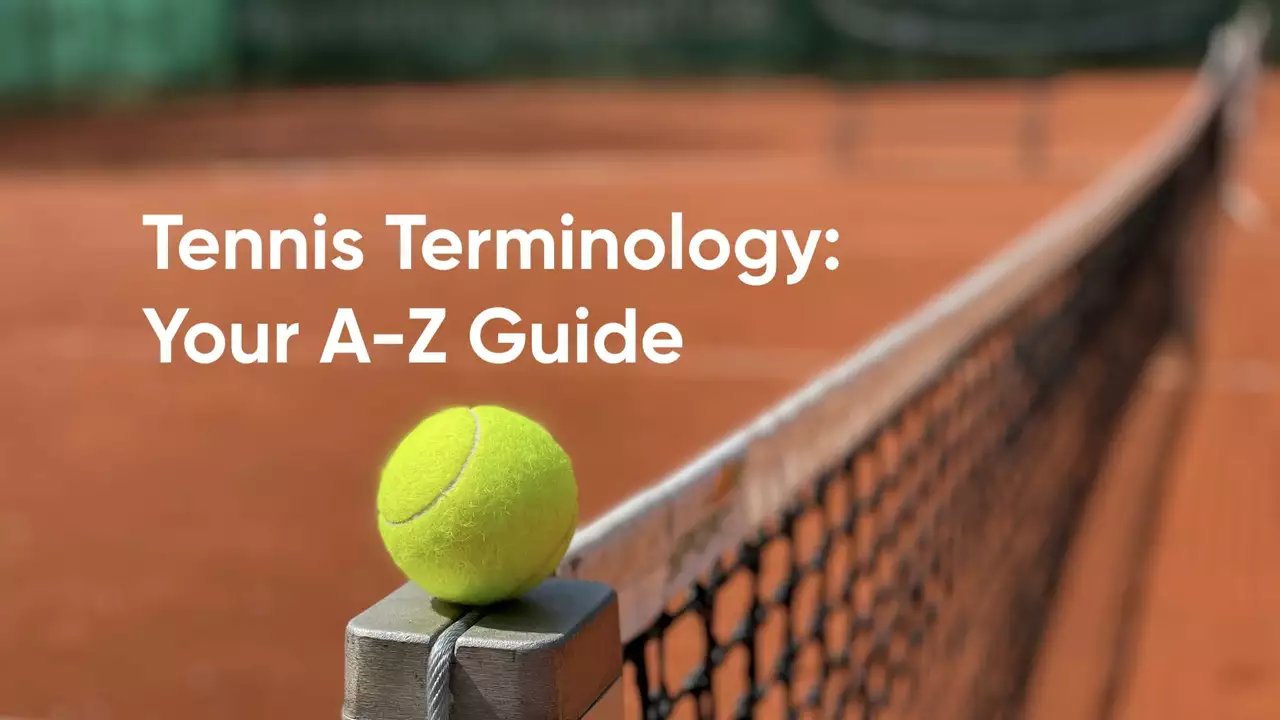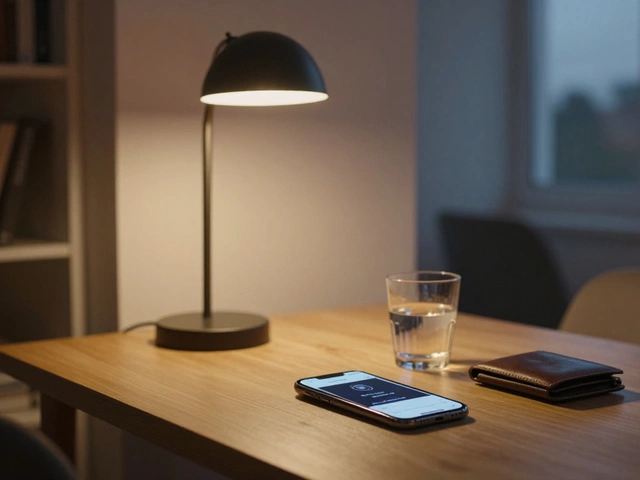The Basics of Tennis Scoring
Understanding the rules of tennis is crucial to understanding when a ball is out in the game. In this section, I will explain the basic rules and scoring system of tennis. A standard game of tennis is played between two players (singles) or four players (doubles). The objective is to hit the ball over the net into the opponent's court. The ball must land within the boundary lines of the opponent's court for the player to score a point. If the ball lands outside these lines, it is considered out and the player does not score.
Understanding the Court Lines
It's essential to understand the layout of the tennis court to determine if a ball is out or not. The lines marking the boundaries of the court play a crucial role in this determination. The court is divided into two equal halves with a net in the middle. Each half has a baseline at the end and sidelines on the sides. There are also service lines and a centerline that further divide the court. If the ball lands outside these lines, it's considered out. However, if it touches any part of the line, it is in.
The Role of the Chair Umpire and Line Judges
In professional tennis matches, the chair umpire and line judges play a vital role in determining whether a ball is out or not. The chair umpire oversees the match from a raised chair on one side of the court. On the other hand, line judges are positioned at various points around the court to have a better view of the lines. Their primary job is to watch the lines and make calls on whether a ball landed in or out.
How Technology Assists in Making Calls
In recent years, technology has played a significant role in determining whether a ball is in or out in tennis. Systems like Hawk-Eye use multiple high-speed cameras positioned around the court to track the ball's trajectory. If a player challenges a call, the Hawk-Eye system can provide a 3D representation of the ball's path and the exact spot where it landed. This helps in making accurate calls and reducing human error in judgments.
Understanding Faults and Double Faults
In tennis, a fault is a serve that lands outside the service box. If a player commits two consecutive faults (a double fault), the opponent is awarded a point. Faults are another way a ball can be out in tennis. The rules for determining if a serve is a fault are the same as determining if a ball is in or out during regular play. The ball must land within the service box; if it lands on the line, it is considered in, and if it lands outside, it is a fault.
Rules for Ball Contact
Another factor that can determine whether a ball is out is how it is hit. According to the rules of tennis, a player must hit the ball before it bounces twice on their side of the court. If the ball bounces twice before being hit, it is considered out, and the opponent gets the point. Additionally, if the ball touches the player or anything the player is wearing or carrying, other than the racket, the ball is also deemed out.
What Happens When the Ball Hits the Net
The net plays a significant role in determining whether a ball is out or in. If a served ball hits the net but still lands in the opponent's service box, it's called a let and the player gets to serve again. However, if the served ball hits the net and lands outside the service box, it's a fault. During regular play, if the ball hits the net and goes over into the opponent's court, play continues as normal.
Understanding Out Calls in Doubles Tennis
The rules for determining if a ball is out in doubles tennis are slightly different from singles. The court is wider in doubles, extending to the doubles sidelines. This means that a ball landing in the doubles alley is considered in for doubles but would be out in singles. Understanding these differences is crucial for players and spectators alike to fully appreciate the game.


